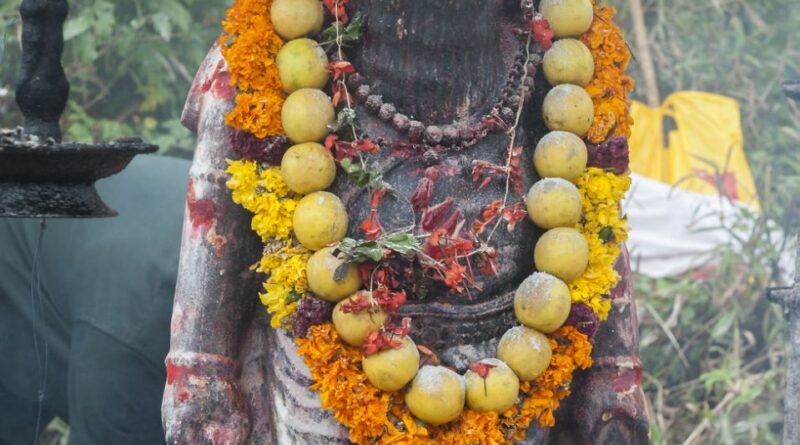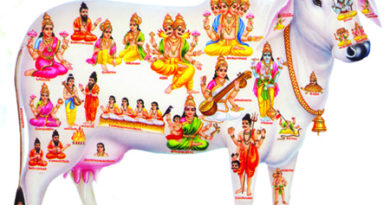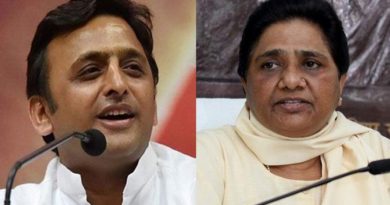Who are the two characters that are common between Ramayana and Mahabharata
Who are the two characters that are common between Ramayana and Mahabharata
The Hindu epics of Ramayana and Mahabharata serve as the cornerstone of our storytelling traditions. They feature some of the most recognisable characters in our collective consciousness and the myths continue to endure in no small part thanks to the television shows based on these epics.
Even though Ramayana and Mahabharata are two separate epics, there are several characters that overlap the two narratives.
Mayasura was Ravana’s father-in-law; his daughter Mandodari was married to the king of Lanka. While he didn’t play a major role in either of the epics, the palace he constructed for the Pandavas served as one of the triggers for the 18-day war at the end of Mahabharata. While admiring this palace, Duryodhana is said to have fallen for an illusion, which made Draupadi burst out laughing. This irked Duryodhana who decided to seek revenge on his cousins’ wife. After ‘winning’ her in the infamous game of dice, the Kaurava prince molested Draupadi, which following a long chain of events eventually led to the war.
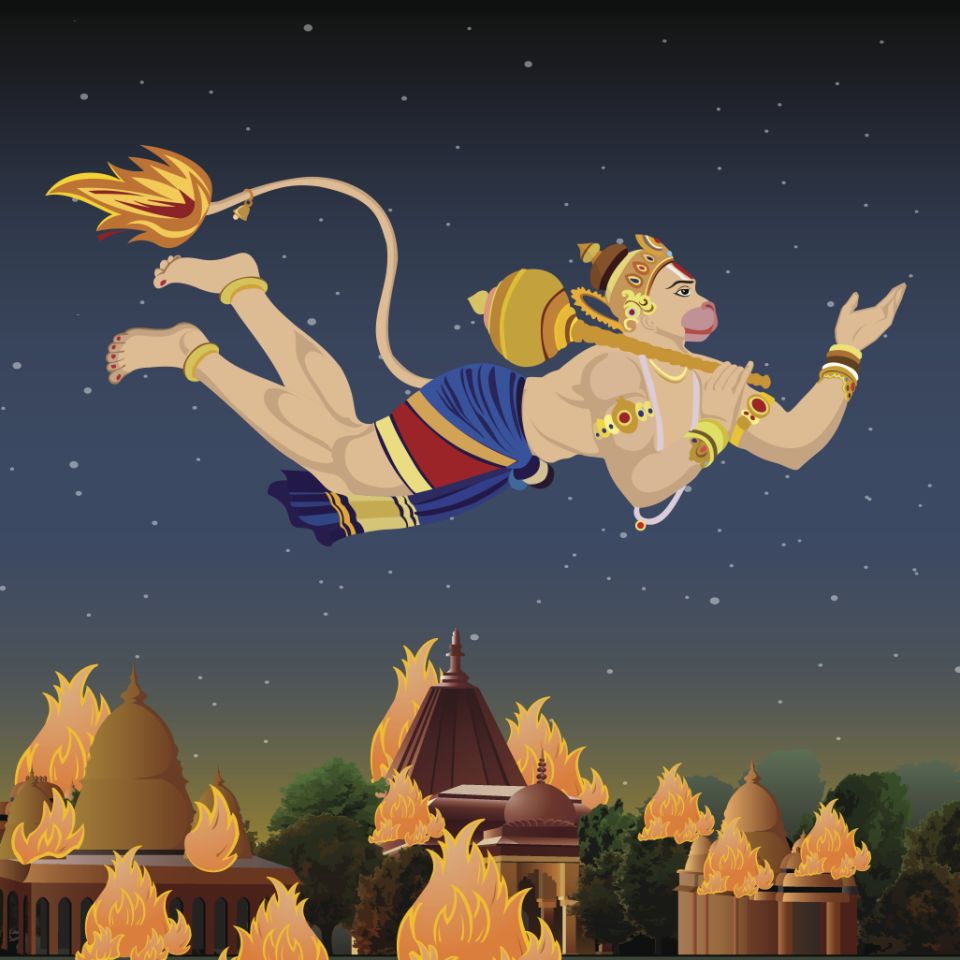
The sage Agastya also appears in both the epics, albeit in passing. In Ramayana, he gifts Rama weapons to win the war. And does so again with Dronacharya in Mahabharata.
Another sage, Durvasa, who is said to have predicted the separation of Sita and Rama was known to have lived in the times of Mahabharata too. He is said to have visited the Pandavas while they were in exile.
After they won the war and began to rule the kingdom, Pandavas sought loyalty and obeisance from all kings. Among those who fell in line was Vibishana, the younger brother of Ravana who was now the ruler of Lanka.
But these among other characters are merely on the fringes of the narrative of both the epics or appear after the war. There are but two characters who make a notable appearance in both Ramayana and Mahabharata. And both these characters are important figures in the lives of the protagonists of both the stories.
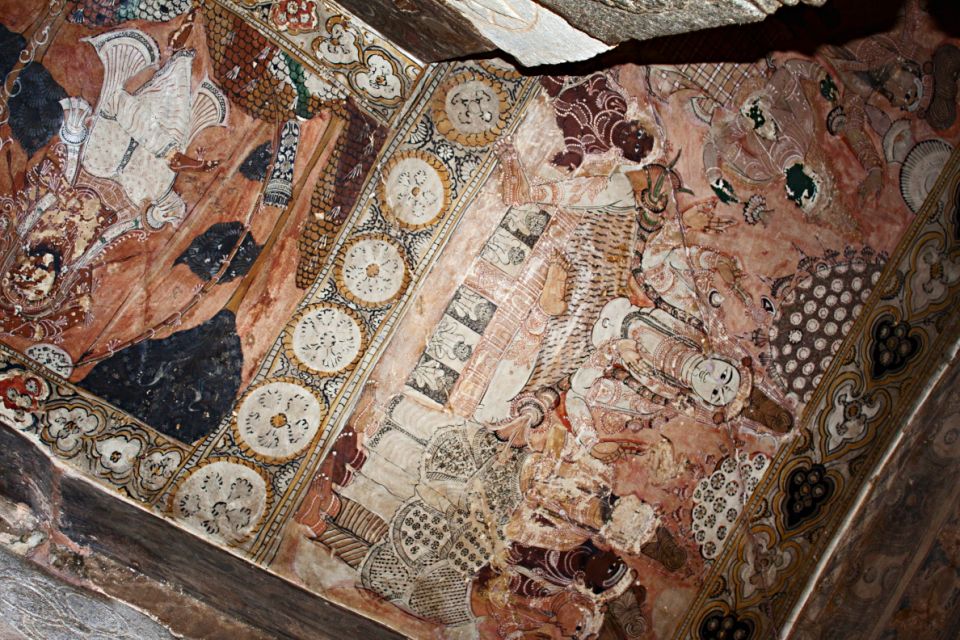
Hanuman, who remains the epitome of devotion and loyalty, plays a major role in Ramayana. From being an emissary to fighting the war by Rama’s side, Hanuman is as much of a central figure in the epic as Rama, Lakshmana, and Sita.
In Mahabharata, Hanuman appears disguised as an old monkey fallen in the path of Bhima. After the latter tries to move his tail from the path unsuccessfully, he reveals his true form. He blesses Bhima and promises to be on their side in the war. Living up to his word, Hanuman rides Arjuna’s chariot throughout the war. If you look closely at any picture of Arjuna in battle, you’ll see a tiny figure on the flag. That is Hanuman.
Arjuna’s nemesis and half-brother, Karna seeks wisdom from Parshuram. However he disguises as a brahmin to learn the art of weaponry from Parshuram who had vowed to never teach a Kshatriya. After unwittingly sharing his knowledge of summoning the bramhastra to Karna, Parshuram discovers his disciple’s true nature and curses him. It is thus that Karna is unable to summon the bramhastra during his battle with Arjuna and finally falls to the archer’s arrows.
The mercurial figure of Parshuram looms large even in Ramayana. It is he who had gifted Janaka the bow of Shiva, which Rama strings and proceeds to break and win Sita’s hand in marriage. The breaking of the bow angers Parshuram who threatens to kill Rama and his father Dashratha. In one version of the epic, Rama tricks Parshuram into submission and reveals himself to be an incarnation of Vishnu, which Parshuram himself was. The warrior safe, humbled, returns to his hermitage to dwell upon his actions.

